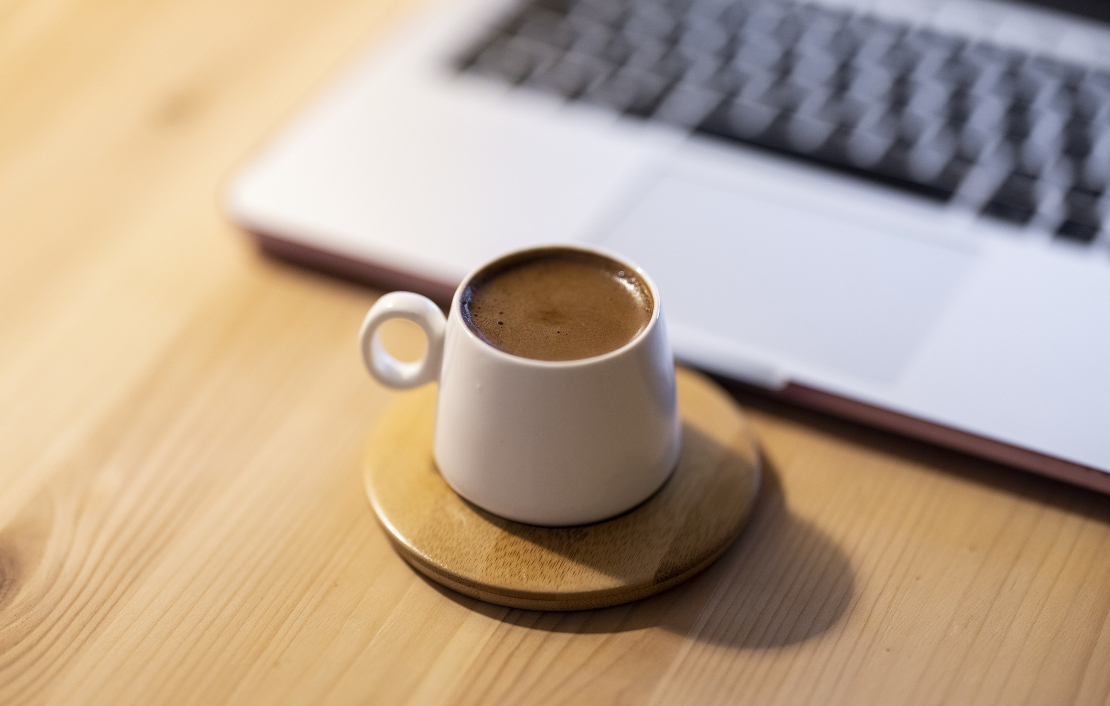Coffee is popular and has become even more popular in the ongoing Corona crisis with lots of home office. Caffeine is the most frequently consumed stimulant in Germany, ahead of alcohol and nicotine. That is one conclusion of the latest study by pronova BKK on the addictive behavior of Germans, in which 16 percent say they are consuming more caffeine, while only five percent have curbed their consumption. At the same time, consumers have become more sensitive, especially when it comes to sustainable food packaging. Their future revolves around sustainability, and corresponding consumer demands are putting brands under more pressure than ever.

In other words, anyone who wants to open a store or an online store to sell coffee to private consumers in Germany must first register with LUCID as a manufacturer and have their packaging participate in the German dual system (this is also referred to as "licensing"), e.g. with the Green Dot ("Der Grüne Punkt"). This is required by the German Packaging Act (VerpackG). Many believe that this is a minor matter that can be taken care of at some later date - or not. But beware: Failure to comply with these rules of the VerpackG is punishable by severe fines. Non-participating ("licensed") packaging must not be placed on the market in the first place!
2. If my packaging is biodegradable, then it is "sustainable". Is it really?
No, it is not. First of all, the environment has nothing to gain from the fact that packaging is biodegradable. Plastic packaging that complies with EN 13432 (biodegradability) does not decompose in nature, but only under certain conditions that do not occur in nature. And sustainable coffee packaging has no place in nature anyway.
And the same applies here: Anyone who wants to use so-called organic packaging as a manufacturer in Germany must participate it in a German dual system such as the Green Dot, just like conventional packaging, and register as a manufacturer with LUCID beforehand. After all, this packaging is also aimed at private final consumption, is sales packaging within the meaning of the Packaging Act and in Germany belongs in the yellow garbage can and the yellow bag after use. However, even then they are not recycled, because there is no recycling route for these materials. At best, they are sent for energy recovery.
3. Composite packaging with a paper content is better than packaging made only of plastic. Is this true?
That's not true either: Packaging that is collected in the German yellow bag or the yellow garbage can is sorted by machines in the next step. Of course, these machines have to decide which material stream to assign a package to. For a composite made of paper and plastic, this would be the so-called "other composites" fraction. Even if the allocation is successful: Only one of the materials can be recycled, in the case of the other composites the paper. Other components, e.g. the films, are at best "energetically recovered", i.e. used as fuel. Packaging consisting of only one material may be more recyclable than a composite.
Nevertheless, many manufacturers prefer such paper composites in order to use less plastic – and because the packaging simply looks less like plastic. However, this does not necessarily mean that the impact of such packaging on the environment is less. Life cycle assessments that compare disposable plastic and paper bags, for example, see no advantage for either packaging material. So even this is not a silver bullet for sustainable coffee packaging.
You are not yet part of a German dual system? Then you are welcome to use the convenient and simple registration via VerpackGO from "Der Grüne Punkt":